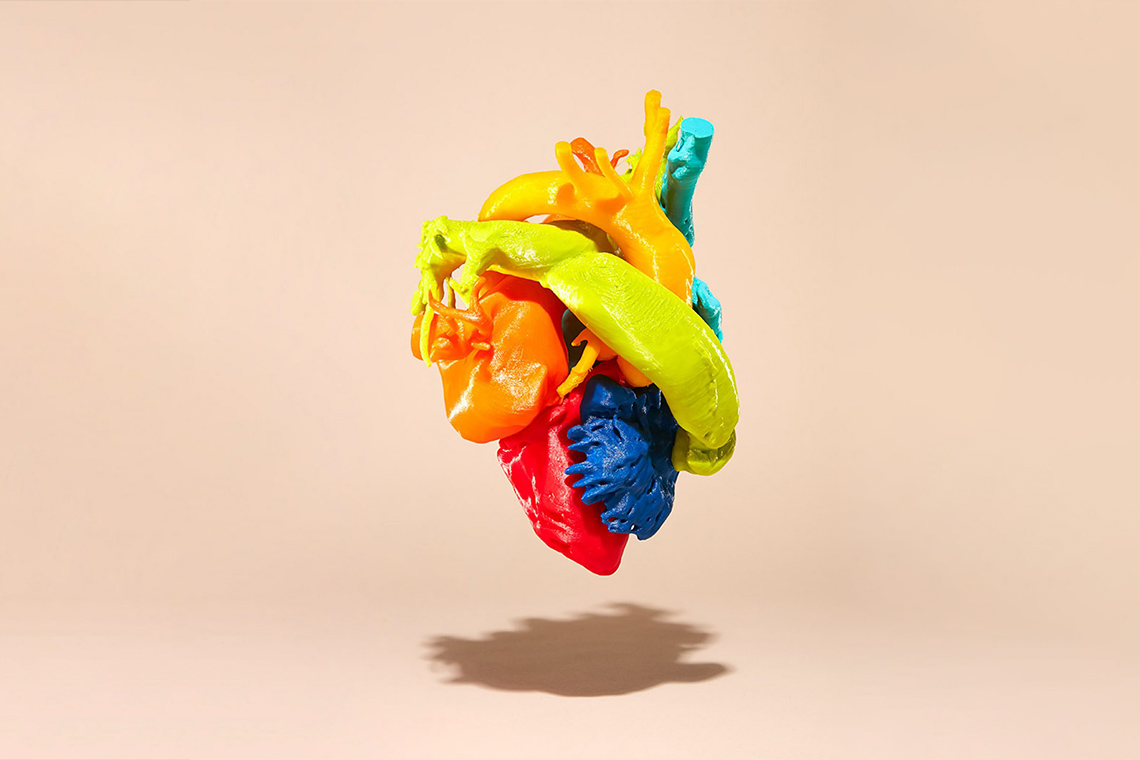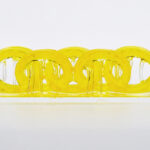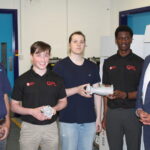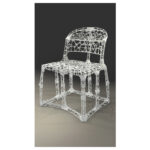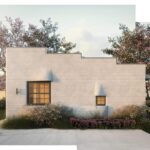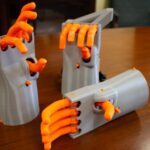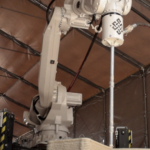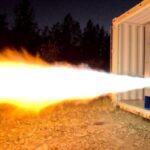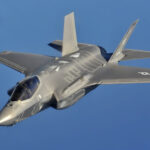With the help of the University Health Network’s Peter Munk Cardiac Centre, doctors in Canada are creating accurate, life-size 3D printed models for better pre-operative preparation. The models mimic hearts, spines and other body parts, giving doctors a better understanding of a patient’s condition prior to surgery. These models also provide better training methods and medical visualizations.
The models a step-up from the usual data doctors have, i.e. 2D images and printouts. In creating such anatomically life-size 3D printed models, doctors can physically interact and examine them in detail.
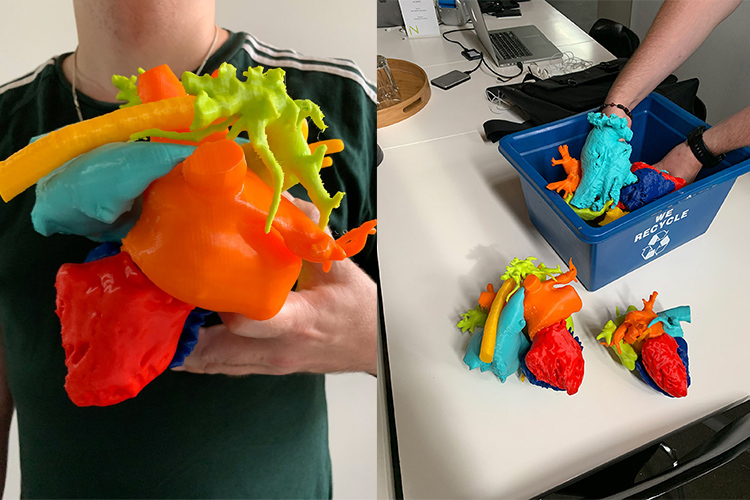
In recreating diseases and malformations in organs, technicians can also create better medical procedures for patients. As shown in the model above, a particular patient has a malformation of a part of the heart called the superior vena cava. This leads the blood to mix with blood from the pulmonary veins. Since doctors want to fit an implant to close the malformed area, they can use the model to make sure the implant is of size and can be fit appropriately to close the area.
The technology behind it is part of the Lynn & Arnold Irwin Advanced Perioperative Imaging Lab (APIL). With the aid of the latest imaging techniques & 3D printers they’re able to mimic organs and their defects down to the minutest details.
The partnership between these organizations allows them to lend out the 3D printers to hospitals so they can print such models on location. Toronto General Hospital, for example, currently has a bank of seven 3D printers running non-stop. Using this set-up, doctors can demand the recreation of most organs and have them ready within a 2 day period. They provide an inexpensive and fairly simple means of informing doctors for medical diagnoses and surgical preparations.
Anatomical 3D Printing
The program was founded with the aid of doctors in Toronto General working alongside University of Toronto medical faculty. Their main purpose is to evaluate, refine and translate 3D imaging, modeling and micromanufacturing techniques into clinical and educational practice. This applied widely to preoperative care and educational tools like anatomical phantoms.
The phantoms include printed hearts, spines and other body parts that can serve various training functions. For instance, heart phantoms are great for training ultrasound technicians. Similarly, a phantom spine in flesh-like gel can be used to instruct on how to give spinal injections. With 3D printing, models achieve a greater level of precision while also being available on facility in a matter of hours.
Dr. Azad Mashari, an anesthesiologist at Toronto General Hospital and a U of T lecturer, heads the imaging lab. In his view, this technology is merely a tip of the iceberg. In-house 3D printing, along with 3D computer models and even virtual reality, can make training and medical visualization less expensive and more effective.
Featured image courtesy of University of Toronto.


